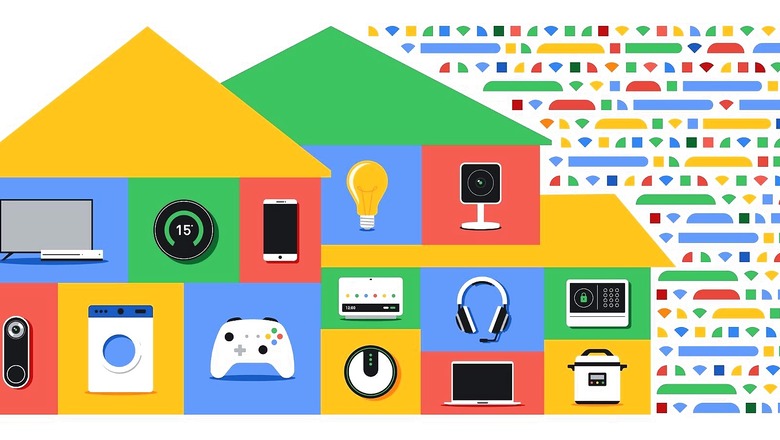
views
Home network security is arguably one of the most neglected parts of internet safety. While other equally relevant aspects like child safety and phishing are given due importance, home network security often gets lost in the shuffle.
Not having a secure network can make it susceptible to a range of potential threats, including network infiltration using malware, other viruses, and data theft.
Here are the top ways you can secure your network:
1) Change Router’s Default SSID and Password
Every router comes with a default name and password out-of-the-box. Now, the first thing to do as soon as you buy a new router is to change the default SSID or perhaps even make it undiscoverable. SSIDs can be up to 32 characters in length, ergo, and create uncommon SSID names that don’t give out your identity.
Also, do the change the password as well. A strong password should ideally have both upper and lower-case characters, numbers, and symbols. Experts advise to keep changing your router password every 4-5 months.
2) Use a VPN
Using a Virtual Private Network or VPN is the ideal way to mask your IP address from dangerous entities such as hackers. Using VPNs, harmful websites and hackers can tell you where you are located and other sensitive information that might cause you trouble.
Depending on your VPN, encryption helps in safeguarding your data, and creates an added layer of protection in case your network is compromised.
WATCH VIDEO: New Apple iPad Pro And iPad Unveiled
3) Keep a check on MAC Address Filtering
Using MAC Address Filtering, you can choose exactly which devices you want to allow to connect to your Wi-Fi. Most OEMs provide MAC address filtering in router settings, so that you can add your device’s MAC address and not allow other foreign devices to connect.
4) Keep your devices up-to-date and learn about digital cleanliness
Just as you would wash your while dealing with real-world biological viruses, cleansing your devices is equally important to ensure that no threat reaches your network or other devices. You can this a digital quarantine.
Only connect to trusted public networks and only connect back to your home network when you ensure that everything is secure. Public networks are known to infect devices that connect to them, ergo, and make sure to cleanse your digital life every once in a while. Also, keep your devices up to date so that any vulnerabilities that might exist can get patched.
Read all the Latest Tech News and Breaking News here



















Comments
0 comment